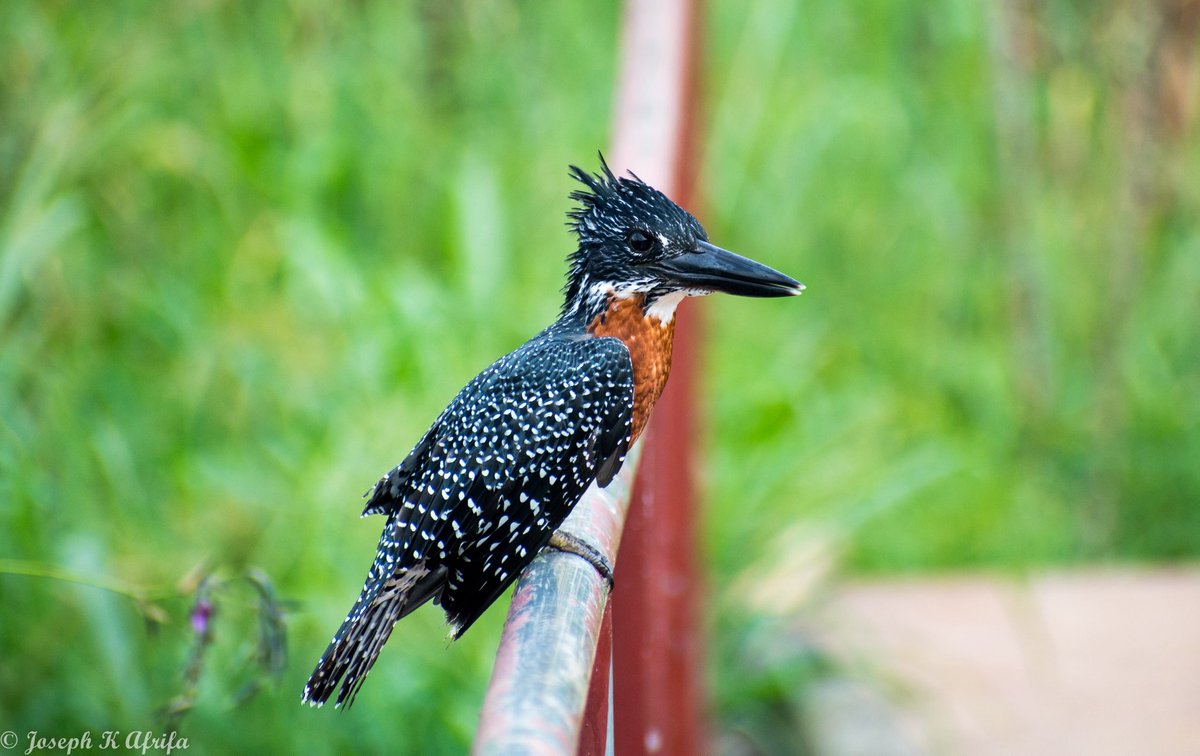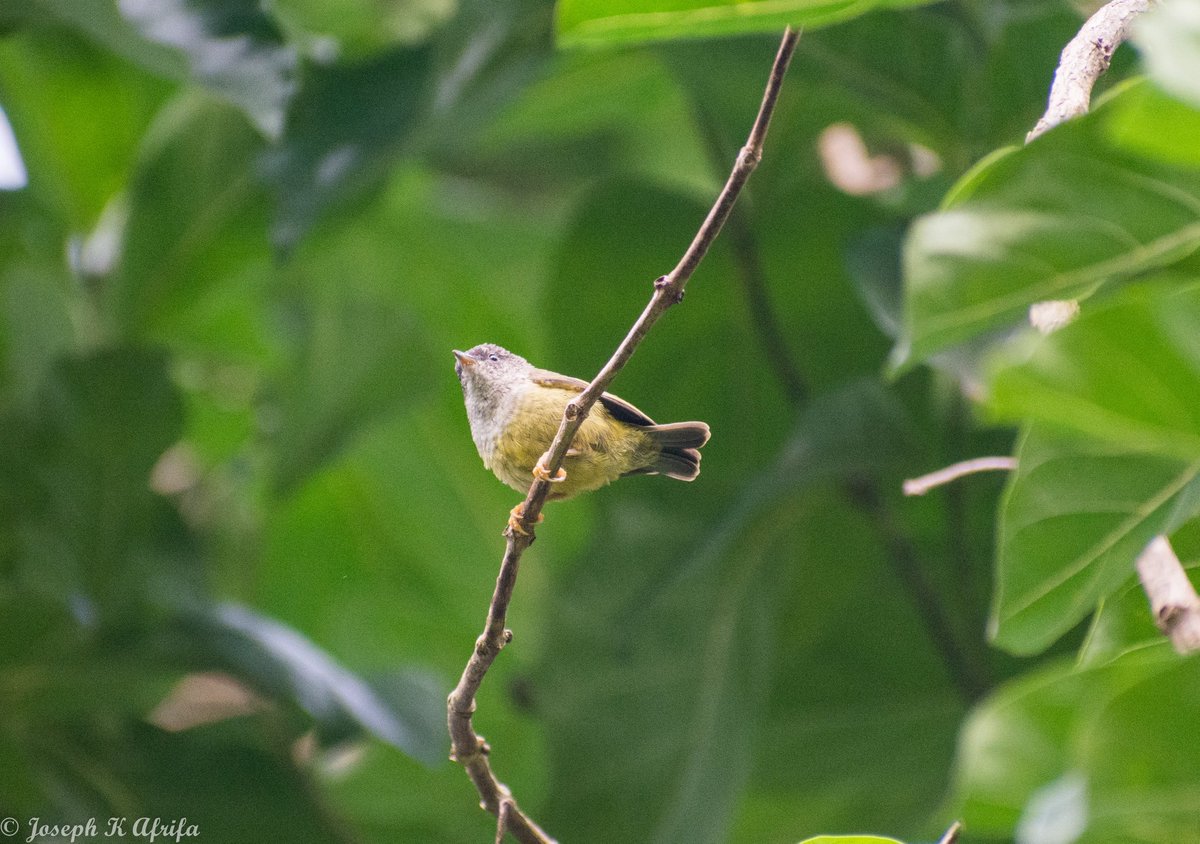
Joseph Kwasi Afrifa
@sir_joe11
#Ornithologist #Conservation Biologist #Ecologist #Wildlife #Photographer
ID: 840079477
22-09-2012 16:48:39
395 Tweet
525 Followers
344 Following

Nature’s most efficient cleanup crew at work #BirdsSeenIn2024 Hawk Mountain

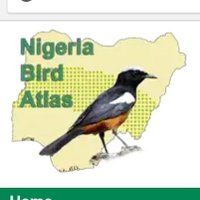
Village Weaver (Ploceus cucullatus). An Afro-tropic species that is widely spread and abundant across its range. They feed mainly on seeds. Village Weavers forage and roost in large groups. Their colonies can hold over 100 nests. 📷: Joseph Kwasi Afrifa #CitizenScience
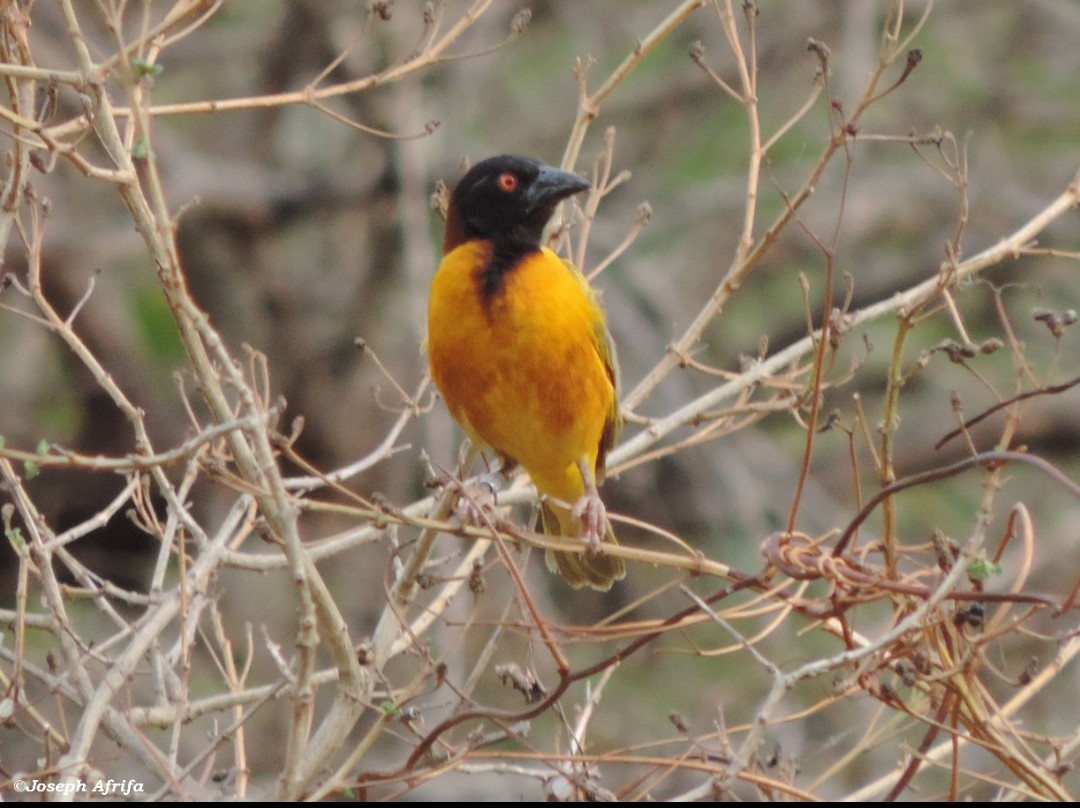

Fanti Saw-wing (Psalidoprocne obscura) A small swallow with a long, deeply forked tail. An Afro-tropic species that is widely spread across its range. A breeding visitor in northern Nigeria but resident in the southern part of the country. 📷: Joseph Kwasi Afrifa #CitizenScience #birds
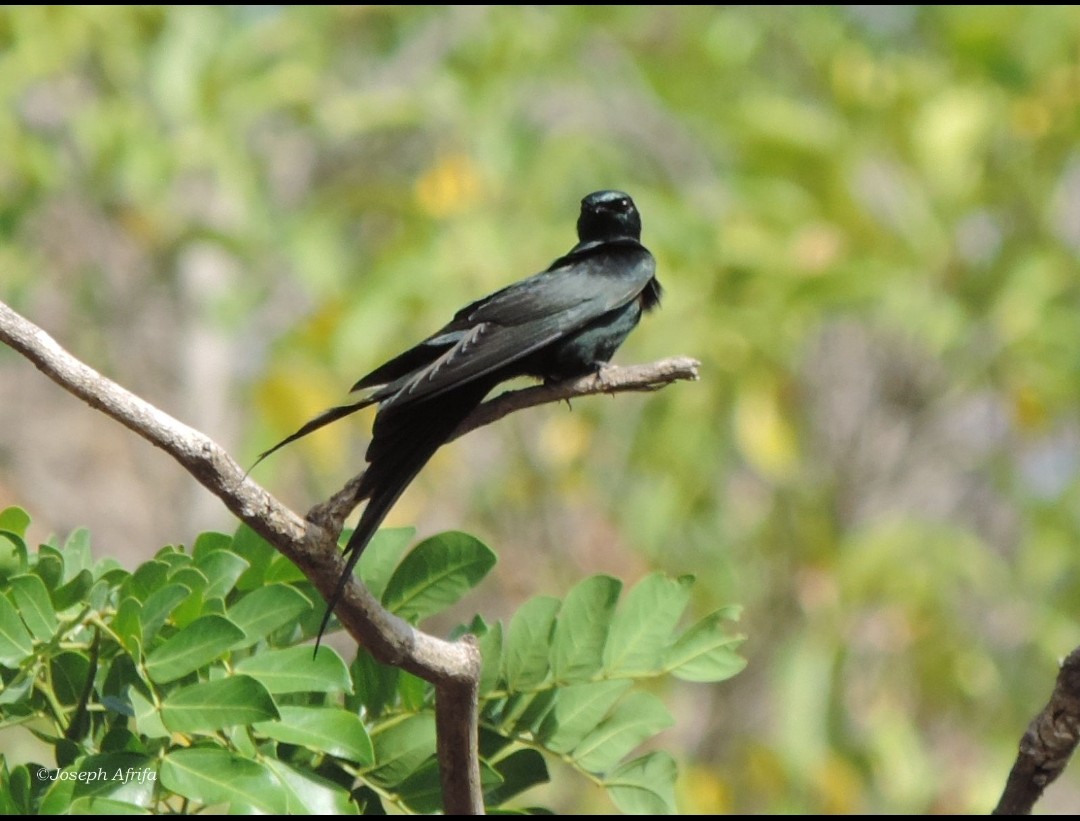

Grey-throated Rail Canirallus oculeus from Ashanti, Ghana #BirdsSeenIn2025 BirdLife Africa






In Ghana the White-necked Rockfowl was thought extinct for + 40 years until its rediscovery in 2003, which led to efforts to locate additional populations. A study is featured in Volume 96, iss. 1 of Ostrich Journal of African Ornithology Ostrich. Joseph Kwasi Afrifa T&F Africa Read more: rb.gy/k1xsxn



... while non-breeding populations occur in the northern part of the country. The Black Cuckoo is mainly an insectivorous species but also eats birds' eggs and nestlings. The population trend is decreasing. 📷: Joseph Kwasi Afrifa NCF A.P. Leventis Ornithological Research Institute
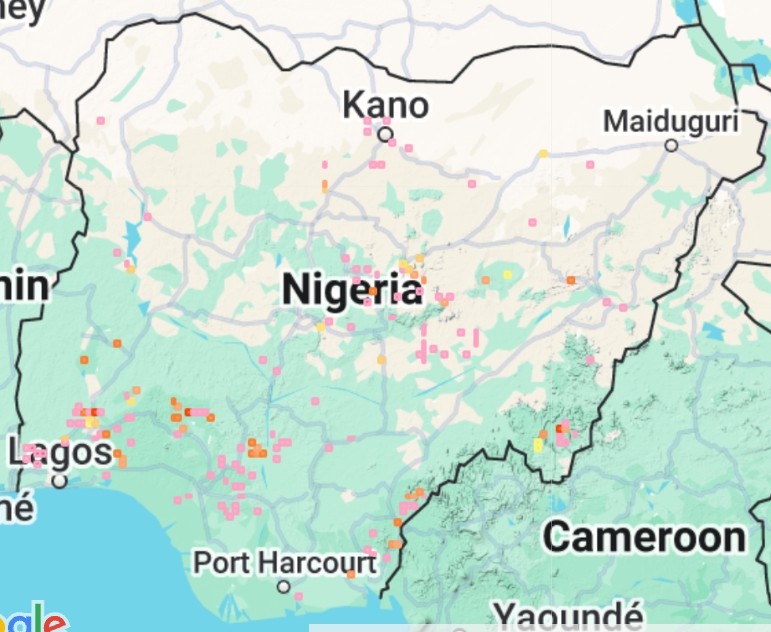


Spotted this Reed Cormorant (Microcarbo africanus) giving a good shake after a fishing dive in the Wewe River at Kwame Nkrumah University of Science and Technology. Nature never ceases to impress!

Allen's Gallinule (Porphyrin alleni) An intra-African migrant, with some resident populations in permanent wetlands. Locally common resident in Nigeria. Threats: destruction of wetlands and local consumption. 📷: Joseph Kwasi Afrifa #CitizenScience #BirdsSeenIn2025


Giant Kingfisher 📸📌Kwame Nkrumah University of Science and Technology, Wewe River #BirdsSeenIn2025
